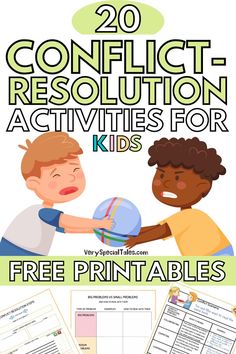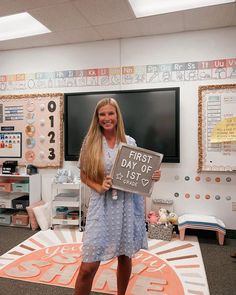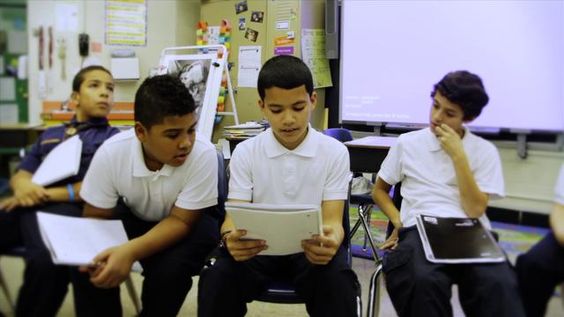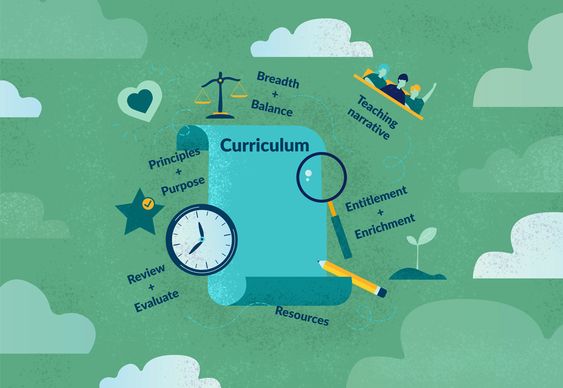Red Ribbon Week is an alcohol, tobacco, and other drug and violence prevention awareness campaign observed annually in October in the United States. It is a time for communities and individuals to stand together to promote healthy, drug-free lifestyles. Here are some creative ideas to observe Red Ribbon Week:
1. Organize an Essay or Poster Contest:
Engage students by hosting a contest that allows them to express themselves creatively while reinforcing the importance of a drug-free life. Provide prizes for winning entries to encourage participation.
2. Daily Wear Red Challenge:
Encourage everyone to wear red each day of the week as a strong visual statement against drugs. Schools and workplaces can turn it into a friendly competition to see who can sport the most creative red outfit.
3. Invite Guest Speakers:
Arrange for motivational speakers or local community leaders who have personal experiences with drug abuse or recovery to share their stories with students.
4. Assemble Pledge Walls:
Set up a pledge wall where students, teachers, and staff can sign their names, committing to a healthy, drug-free lifestyle.
5. Red Ribbon Week-Themed Door Decorating Contest:
Have each classroom or office decorate their doors with red ribbons and messages promoting drug-free awareness. Judge the doors and award the most creative or inspiring design.
6. Host a Walk/Run Event:
Plan a 5K run or walk open to the whole community to promote physical health and wellness as alternatives to substance abuse.
7. Distribute Red Ribbons:
Hand out red ribbons for people to pin on their shirts throughout the week, symbolizing their commitment to staying drug-free.
8. Educational Assemblies:
Organize school assemblies that focus on education about the dangers of drug use and the benefits of staying drug-free.
9. Drug-Free Pledge Day:
Designate a day where everyone takes a written pledge against drug use, which can be displayed publicly in schools or workplaces.
10. Host Workshops or Skill-Building Sessions:
Provide interactive workshops on life skills that contribute to resistance against peer pressure related to drug use.
By supporting Red Ribbon Week across different community groups and settings, we can collectively have a positive impact on individuals’ choices regarding drugs and encourage healthier lifestyles for everyone. The power of many voices united against substance abuse can lead to stronger communities and brighter futures for all involved.











